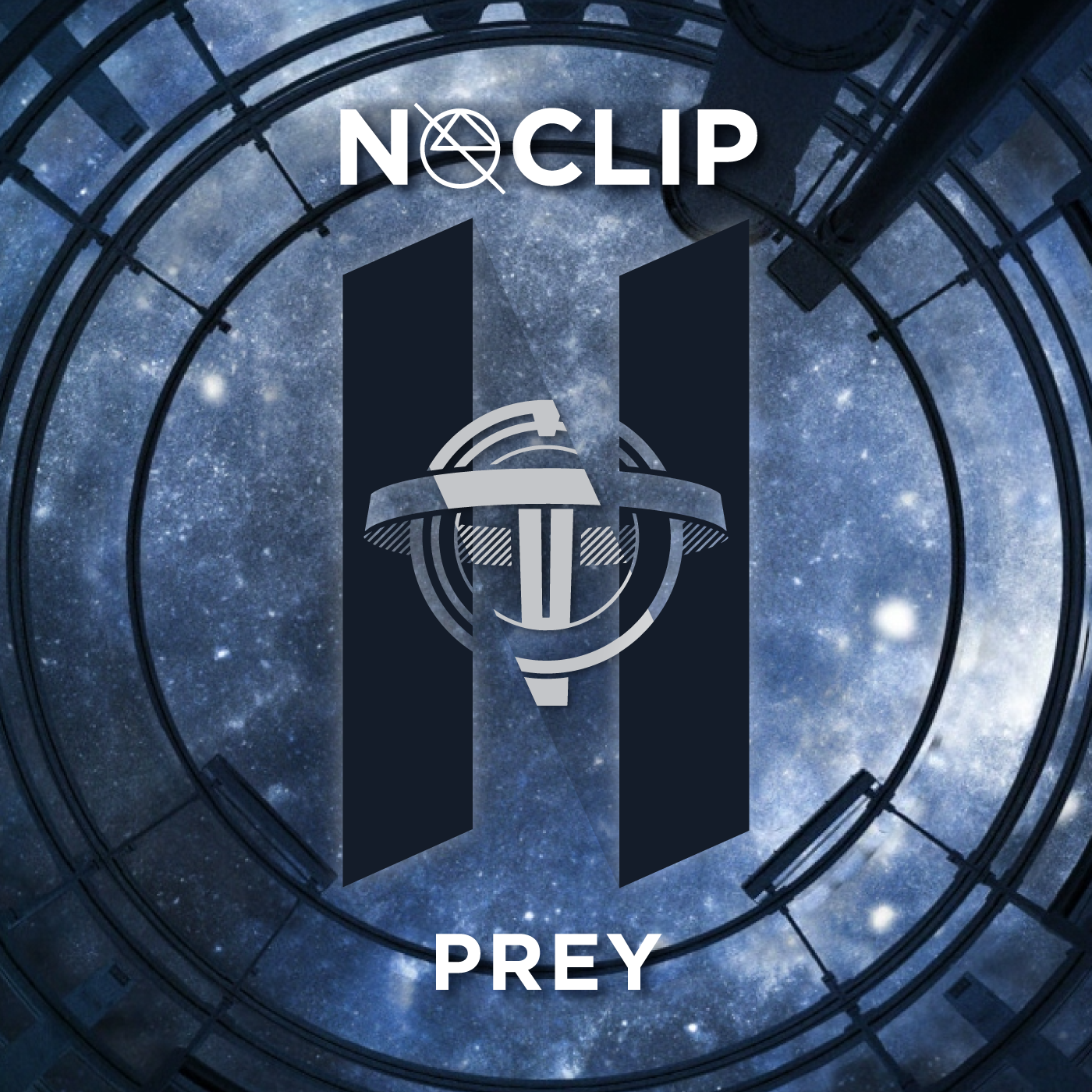Don’t you have a burly podcast hidden away somewhere?
Welcome back to NOCLIP Pocket! Today, we’re going to be talking about a FROM Software title from the olden days of their catalog, where they would release a game about fighting with cards exclusively on the GameCube. And that game is Lost Kingdoms, an RPG where you collect cards to make a deck to take into levels and serves as the kinds of attacks and spells you can perform. It’s got skeletons. It’s got princesses and dragons. it’s an RPG. But the card system is what takes something that could be kind of rote and boring and turns it into something much more interesting. While probably not the absolute first card based game of this sort, it is one of the earliest and you can feel its mechanics reverberating into more modern takes on this style. And with a release in 2002, for a lot of people of a certain age, it is likely the first they had ever played. And all that above not to say it themes and visuals are bad. It’s a very classic fantasy style, but done very well, especially for the time, and with an almost nostalgic Dungeons and Dragons kind of flavor. We’re going to be talking about how the game negotiated with its card mechanics, winning with some designs and losing with others, the nature of a game that seems like it wants you to lose or intentionally replay content to get the most out of it, and how shocked we are at the number of lizards we each have. It’s a lot of lizards!
Thank you for joining us again this week! This was one on the original list for the podcast that we never got around to for a number of reasons, some good and some stupid. Let us know if this is a game you played back in ye olden days of the Gamecube, or if you became aware of it after FROM’s rise to fame. It definitely stood out to me, but I can see it being forgettable for other people. Let us know what you think in the comments or over on our Discord. Next time, we’re going to be taking things in a more abstract direction and talking about Hylics. Also an RPG, but that’s about where the similarities end, so check us out then.





















